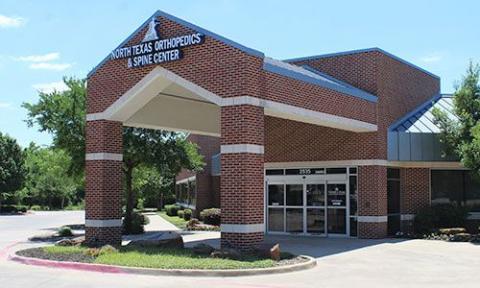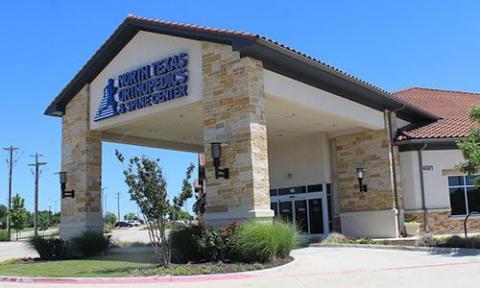One of the most common physical complaints is shoulder pain. Your shoulder is made up of several joints combined with tendons and muscles that allow a great range of motion in your arm. Because so many different structures make up the shoulder, it is vulnerable to many different problems. The rotator cuff and bursa is a frequent source of pain in the shoulder.
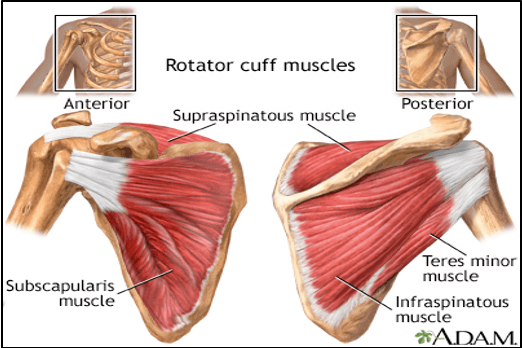

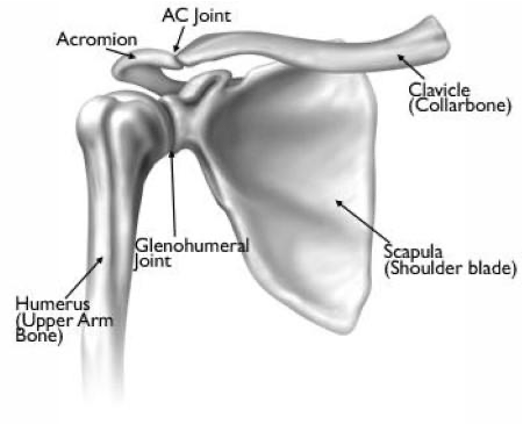
Your shoulder is made up of three bones: your upper arm bone (humerus), your shoulder blade (scapula), and your collarbone (clavicle).
Your arm is kept in your shoulder socket by your rotator cuff. These muscles and tendons form a covering around the head of your upper arm bone and attach it to your shoulder blade (scapula). There is a fluid-filled sac called a bursa between the rotator cuff & the bone on top of your shoulder (acromion). This bursa frequently becomes inflamed with activity and aging.
The rotator cuff is a common source of pain in the shoulder. Pain can be the result of:
Rotator cuff pain is common in all age groups. Young athletes who use their arms overhead for swimming, baseball, and tennis are particularly vulnerable. Those who do repetitive lifting or overhead jobs using the arm are also susceptible. The rotator cuff can also degenerate as part of the natural aging process.
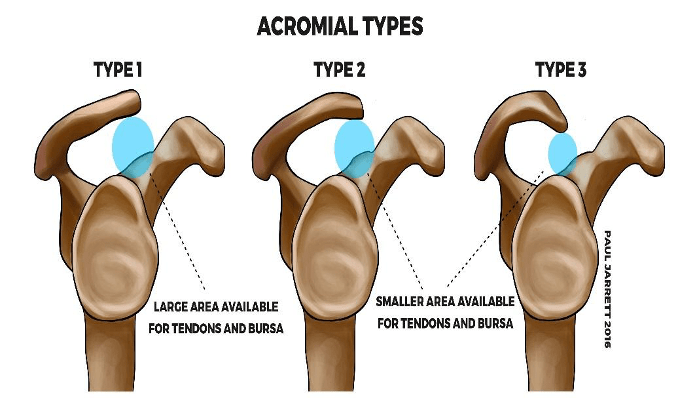
X-rays will be taken to look for arthritis, or bone spurs in the shoulder. A special x-ray view may show a small bone spur on the front edge of the acromion.
MRI may be ordered to better evaluate soft tissues like the rotator cuff tendons, fluid or inflammation in the bursa, damage to the bicep tendon, or labral tears.
The goal of treatment is to reduce pain and restore function. In planning your treatment, your doctor will consider your age, activity level, and general health.
Nonsurgical Treatment
In most cases, initial treatment is nonsurgical. These treatments include:
Surgical Treatment
When nonsurgical treatment does not relieve pain, your doctor may recommend surgery.
This is an arthroscopic surgery, which is minimally invasive, using very small incisions and a camera in the shoulder joint. The goal of surgery is to create more space for the rotator cuff, remove inflammation in the bursa, and possibly remove part of the acromion to reduce the impingement. This is also known as a subacromial decompression.
Your surgeon may also treat other conditions present in the shoulder at the time of surgery. These can include arthritis between the clavicle (collarbone) and the acromion (acromioclavicular arthritis), inflammation of the biceps tendon (biceps tendonitis), or rotator cuff tear. Depending on what is repaired, you will be placed into a sling and allowed to go home the same day of surgery. Physical therapy will begin 1-2 weeks after surgery.
See why our patients love our physicians, quality of care, and amazing results.
*Based on Independent Market Research
